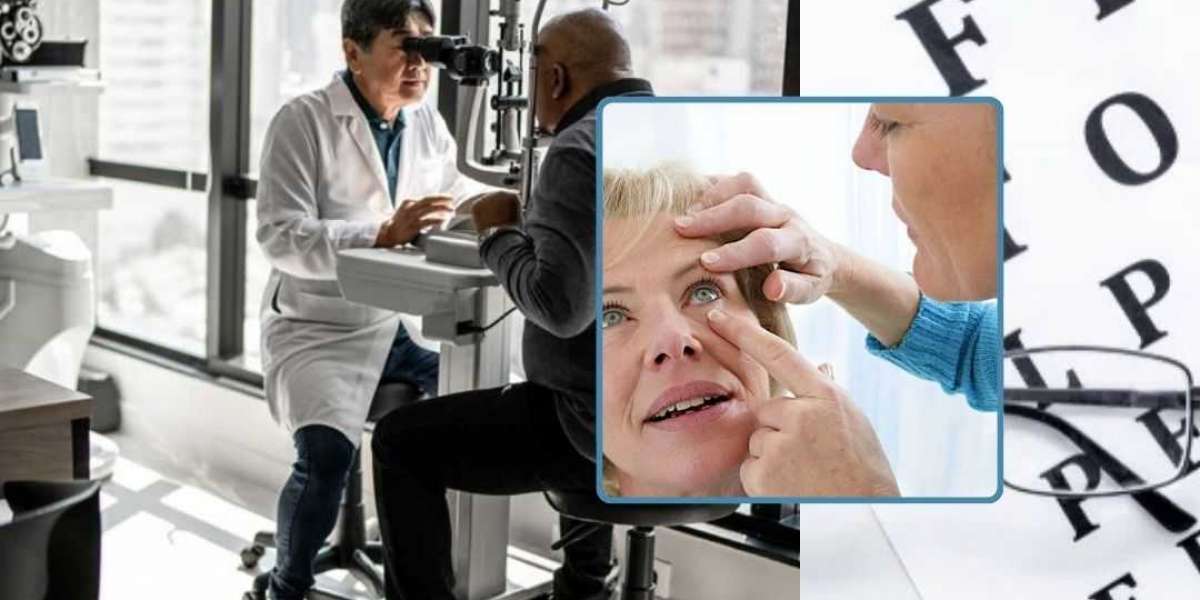Age-related macular degeneration (AMD) is a leading cause of vision loss worldwide, affecting the macula—the part of the retina responsible for sharp, central vision. Early detection of AMD is essential, as it can help slow the progression of vision loss and enable individuals to retain their quality of life. Fortunately, advances in AMD testing have made early diagnosis more accessible than ever.
What Is AMD, and Why Does It Matter?
AMD is a progressive eye condition that typically affects older adults, with risk factors including age, genetics, smoking, high blood pressure, and obesity. AMD occurs in two main forms:
1. Dry AMD– Characterized by the thinning of the macula, dry AMD progresses slowly and is the most common form.
2. Wet AMD– Less common but more severe, wet AMD happens when abnormal blood vessels grow under the retina, leading to rapid vision loss if untreated.
Symptoms of AMD include blurriness in the center of vision, difficulty reading or recognizing faces, and seeing distorted or wavy lines. However, these symptoms may not appear in the early stages, making regular eye exams crucial.
Why Early Detection Matters
Detecting AMD early can make a significant difference in managing the condition. Early-stage AMD is often asymptomatic, so those at risk may not be aware of any changes in their vision. Early diagnosis allows for timely treatment, which can slow the disease's progression and improve outcomes. Preventative lifestyle changes, such as adopting a diet rich in antioxidants, managing blood pressure, and quitting smoking, can also help once someone is aware of their risk.
Types of AMD Tests
1. Amsler Grid Test
- This simple test is a grid with straight lines and a central dot. When focusing on the central dot, any distortions in the lines or blank spots could indicate AMD.
2. Fundus Photography
- High-resolution images of the retina are taken to look for early signs of AMD, like drusen (yellow deposits) or changes in retinal pigmentation.
3. Optical Coherence Tomography (OCT)
- OCT is an imaging test that provides cross-sectional images of the retina. It helps detect early changes in the macula and can reveal abnormal blood vessel growth indicative of wet AMD.
4. Fluorescein Angiography
- This test uses dye and special imaging to highlight blood vessels in the retina, making it easier to identify abnormal growth in wet AMD.
5. Genetic Testing
- Genetic testing can provide insight into an individual's risk for AMD, especially for those with a family history of the condition.
What to Expect During AMD Testing
An AMD screening is straightforward and usually performed by an optometrist or ophthalmologist. The eye specialist may conduct multiple tests to confirm a diagnosis or monitor AMD progression. Most AMD tests are non-invasive, though some may require pupil dilation, which can cause light sensitivity for a few hours afterward.
Treatment Options for AMD
While there is no cure for AMD, treatment options vary based on the type and severity of the condition:
- Dry AMD: Lifestyle adjustments, dietary supplements, and protective eyewear can slow its progression.
- Wet AMD: Anti-VEGF injections, laser therapy, or photodynamic therapy are common treatments that prevent abnormal blood vessel growth and preserve vision.
Tips for Preventing AMD
Proactive steps to prevent or slow AMD include:
- Regular Eye Exams: Early detection is only possible if you keep up with regular eye exams.
- Healthy Diet: Foods high in antioxidants (like leafy greens) and omega-3 fatty acids (like fish) support eye health.
- Quit Smoking: Smoking is a major risk factor for AMD, so quitting can protect your vision.
- Protect Your Eyes: Wear sunglasses that block UV rays to reduce oxidative stress on the eyes.
Conclusion
Early detection of AMD through routine testing is critical for preserving vision and maintaining a high quality of life. By staying informed and proactive, individuals can work with their eye care specialists to manage AMD effectively, ensuring a healthier vision for the future. Regular eye exams, combined with a healthy lifestyle, are key steps in the battle against AMD.




